Centuries ago, coffins were carried from remote rural communities through the countryside to parish churches and other sites with burial rights.
Many of these ancient ways are unrecognisable today, but a few still remain.
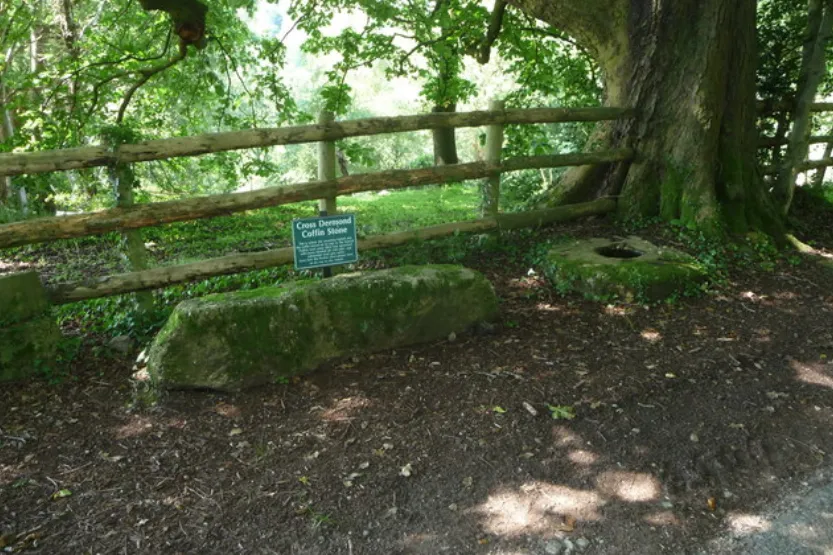
Discover some of Britain's oldest tracks and trails with our guide to corpse roads.
What are corpse roads?
Corpse roads were routes used to carry coffins from isolated communities to cemeteries with burial rights. Bearing other names, such as burial road, coffin road, lych way and lyke way, these old ways were often long and tackled tough terrain.
Do corpse roads still exist?
Although corpse roads are no longer used in Britain to carry the dead, evidence of some remain. Crosses and coffin stones, used as a place to rest the coffins while parishioners to a break, still exist on some corpse roads, though most have disappeared.
Britain's corpse roads today
Trace historic coffin routes along which the dead were borne for burial in hallowed ground.
Black Mountain, Carmarthenshire
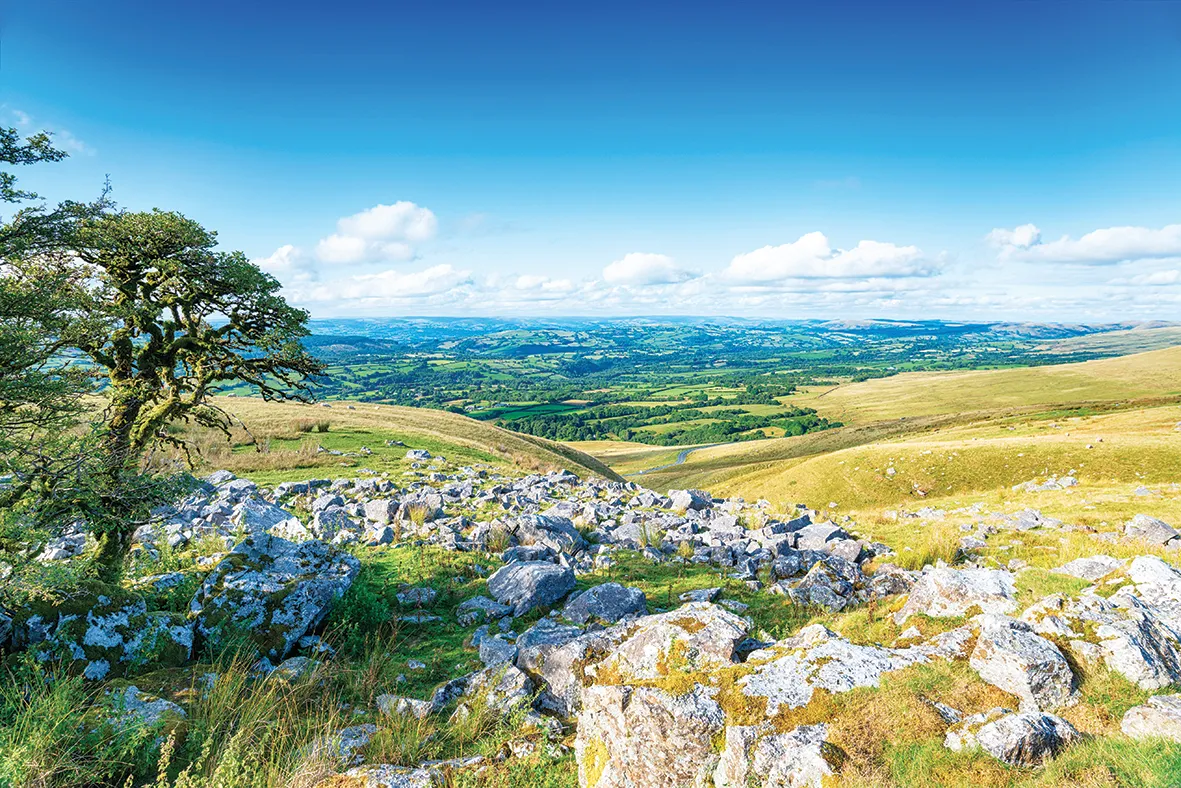
In the 19th century, men from Llanddeusant trekked over the Black Mountain to work the mines around Brynamman – and their bodies were carried in the other direction. The Beacons Way follows the coffin route past the Bronze Age burial cairn at Carnau’r Garreg Las, meeting the A4069 at a handy car park.
Lych Way, Devon
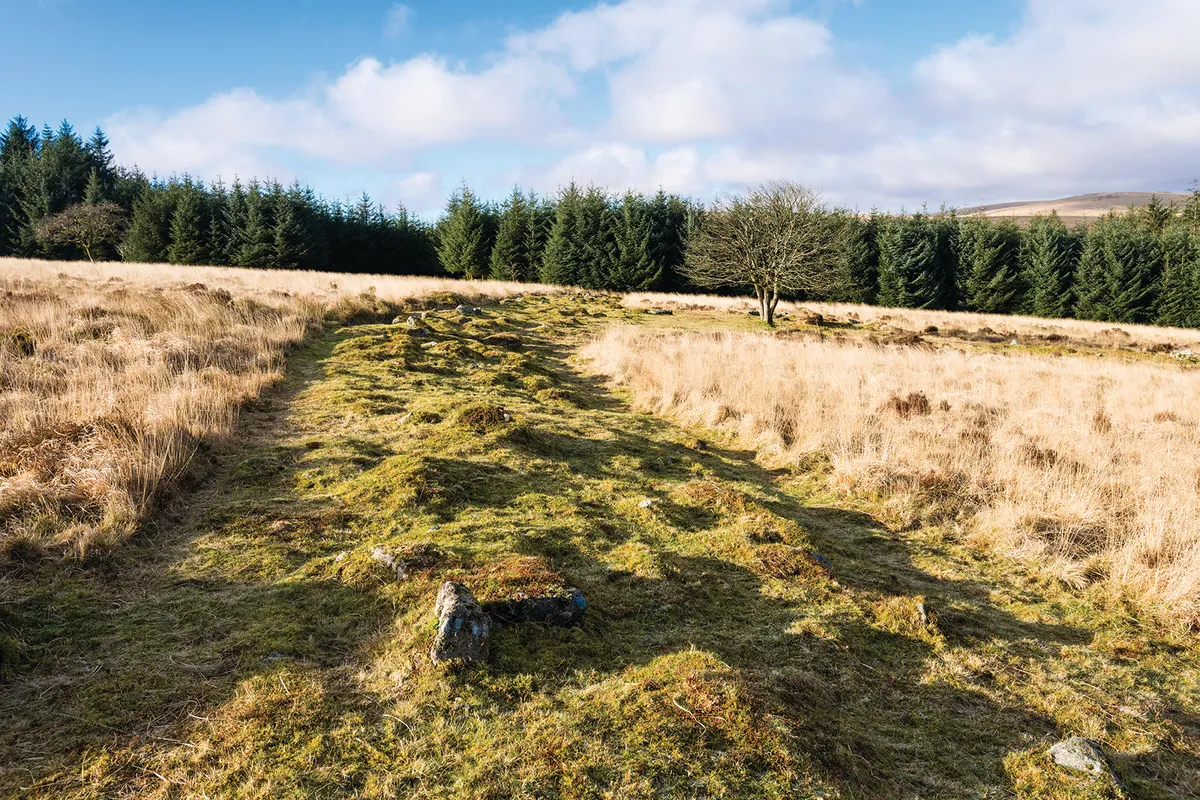
In the Middle Ages, the parish of Lydford encompassed much of Dartmoor, and farmers in isolated spots trudged across its bleak uplands to St Petroc’s Church. The 12-mile Lych Way from Bellever crosses the heart of the moor, past stone rows, ancient hut circles and the eerily contorted oaks of Wistman’s Wood.
Coffin Route, Outer Hebrides
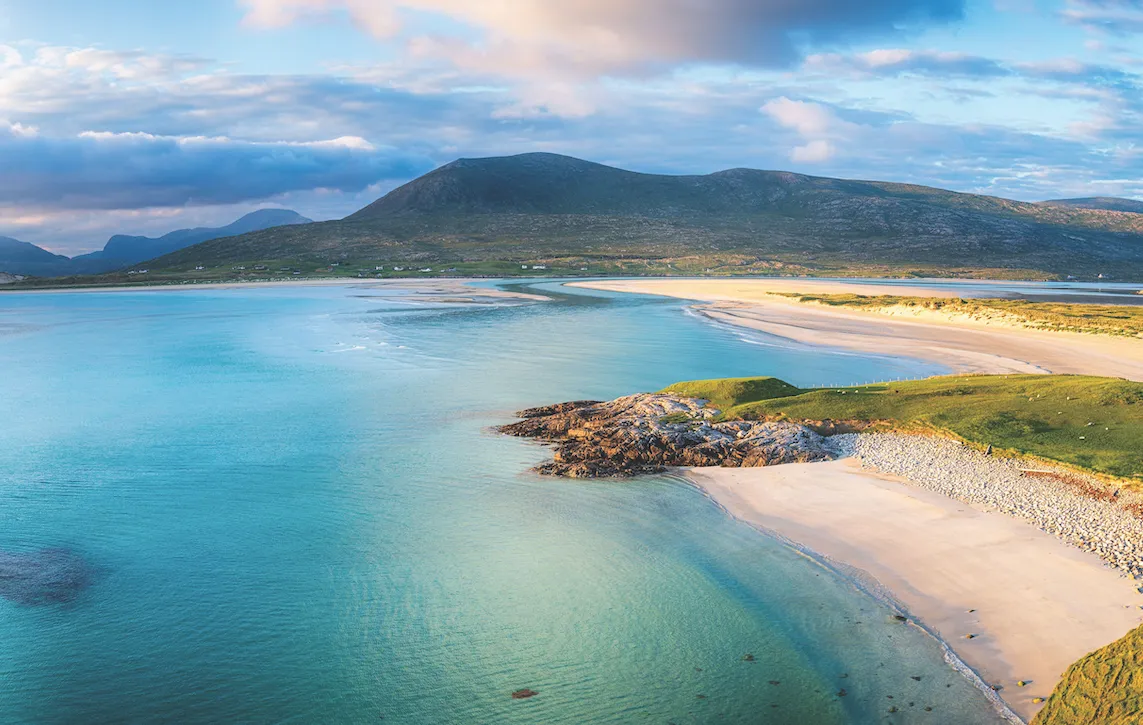
The softer ground of Harris’s west coast machair made for easier grave-digging than the rockier east. According to tradition, bodies were carried north-west across the isle along the ‘Coffin Route’ track from the head of Loch Stocanais through Bealach Eòrabhat, from where hikers today enjoy spectacular views across to Taransay.
Buttermere Corpse Road, Cumbria
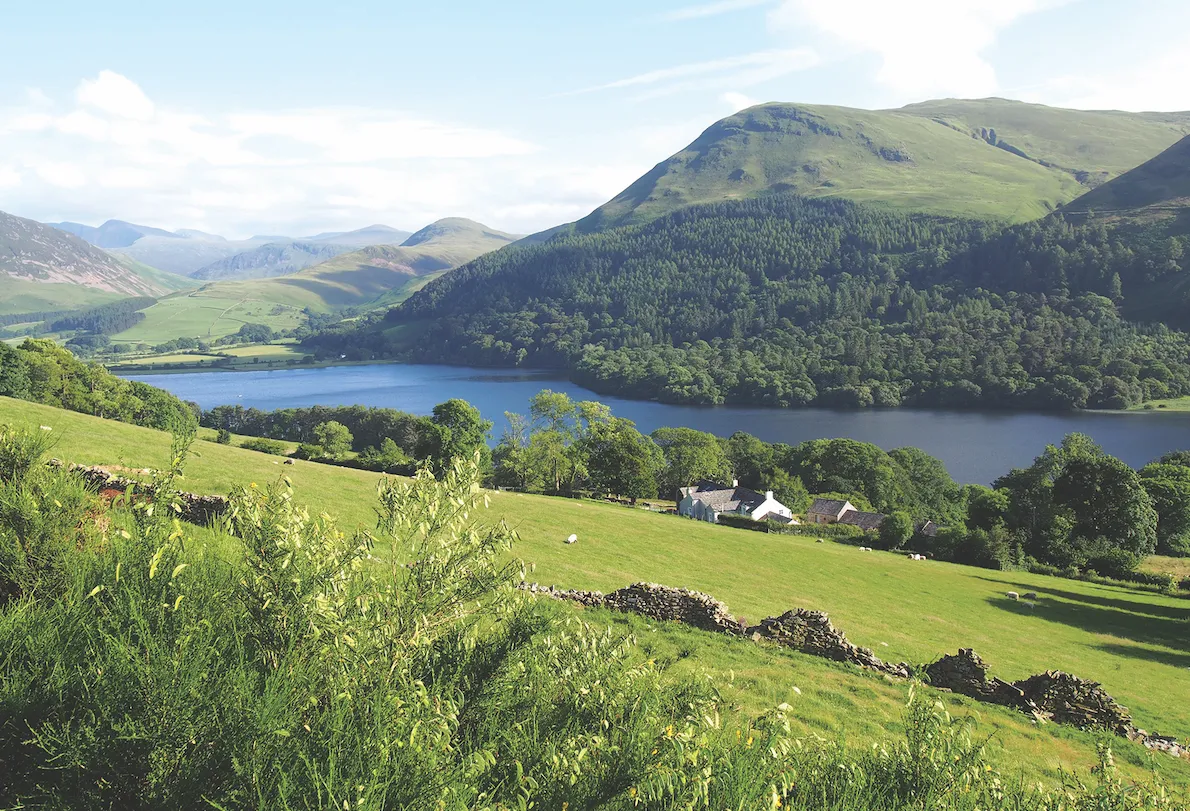
A number of old coffin routes scale the Lakeland fells. Today, a section of the old Buttermere to Lamplugh corpse road above the western shore of Loweswater offers delightful walking. Start out from Maggie’s Bridge to hike past High Nook Farm and reach the path, descending into the woods to encounter Holme Force waterfall.
Kintail, Highland
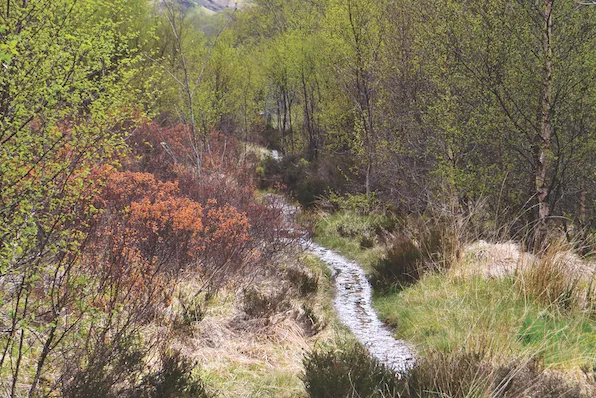
The burial ground alongside ruined St Dubhthach’s Church, at the eastern end of Loch Duich, was the final resting place of people from as far away as Glen Strathfarrar. Hike a testing six-mile stretch of the old coffin route through Dorusduain Wood and Bealach na Sròine pass to the magnificent Falls of Glomach.
Garrigill to Cross Fell, Cumbria

A section of the Pennine Way follows the historic corpse road from Garrigill to Kirkland over Alston Moor and past Cross Fell, topping out at 785m – a rewarding but challenging haul. In the 16th century, one funeral party, overcome by a snowstorm, reputedly abandoned the coffin on the fell for a fortnight.
Swaledale Corpse Way, North Yorkshire
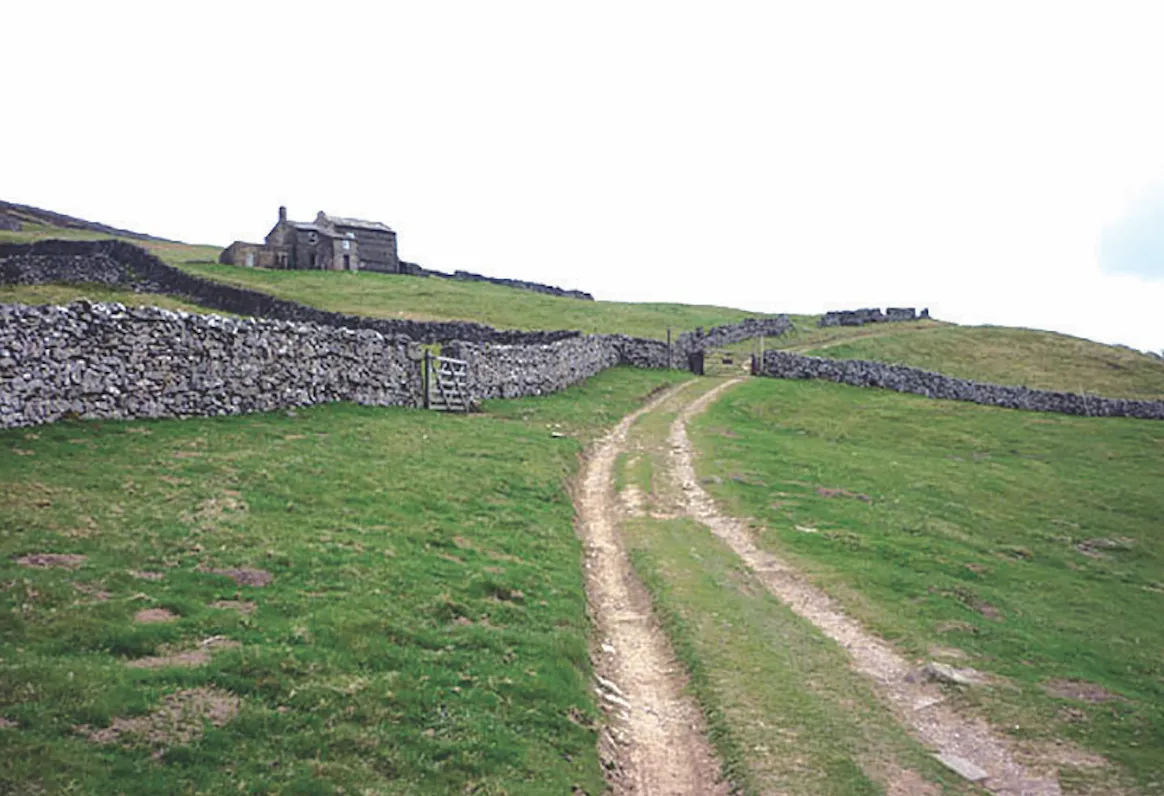
Until Muker’s church was built in 1580, mourners from remote Swaledale lugged coffins many miles to Grinton. The corpse road between Keld and Muker is now a bridleway across the flanks of Kisdon fell. Continue east to Ivelet Bridge to see the flat stone on which pallbearers rested coffins; legend has it that
a headless black dog is sometimes seen here.